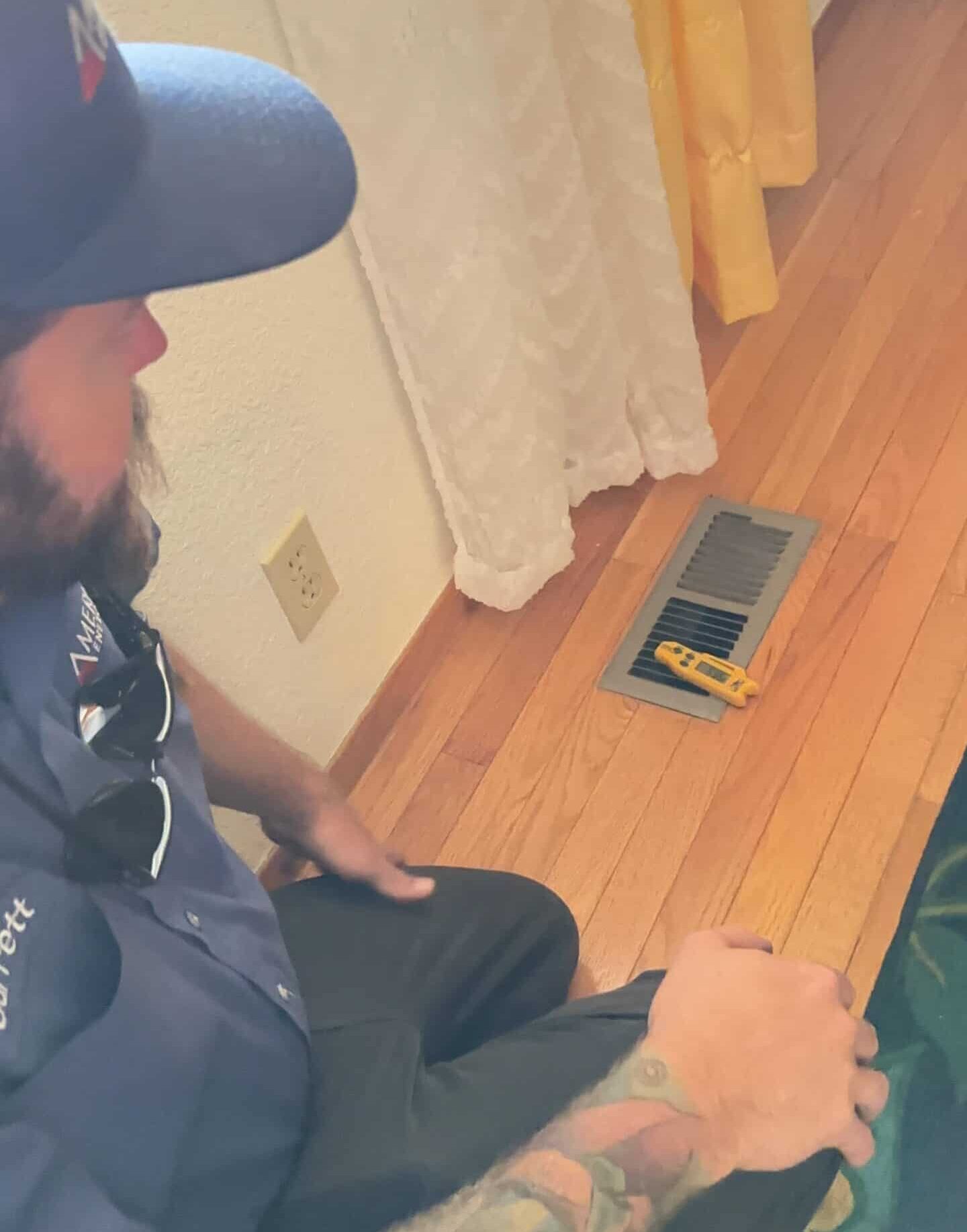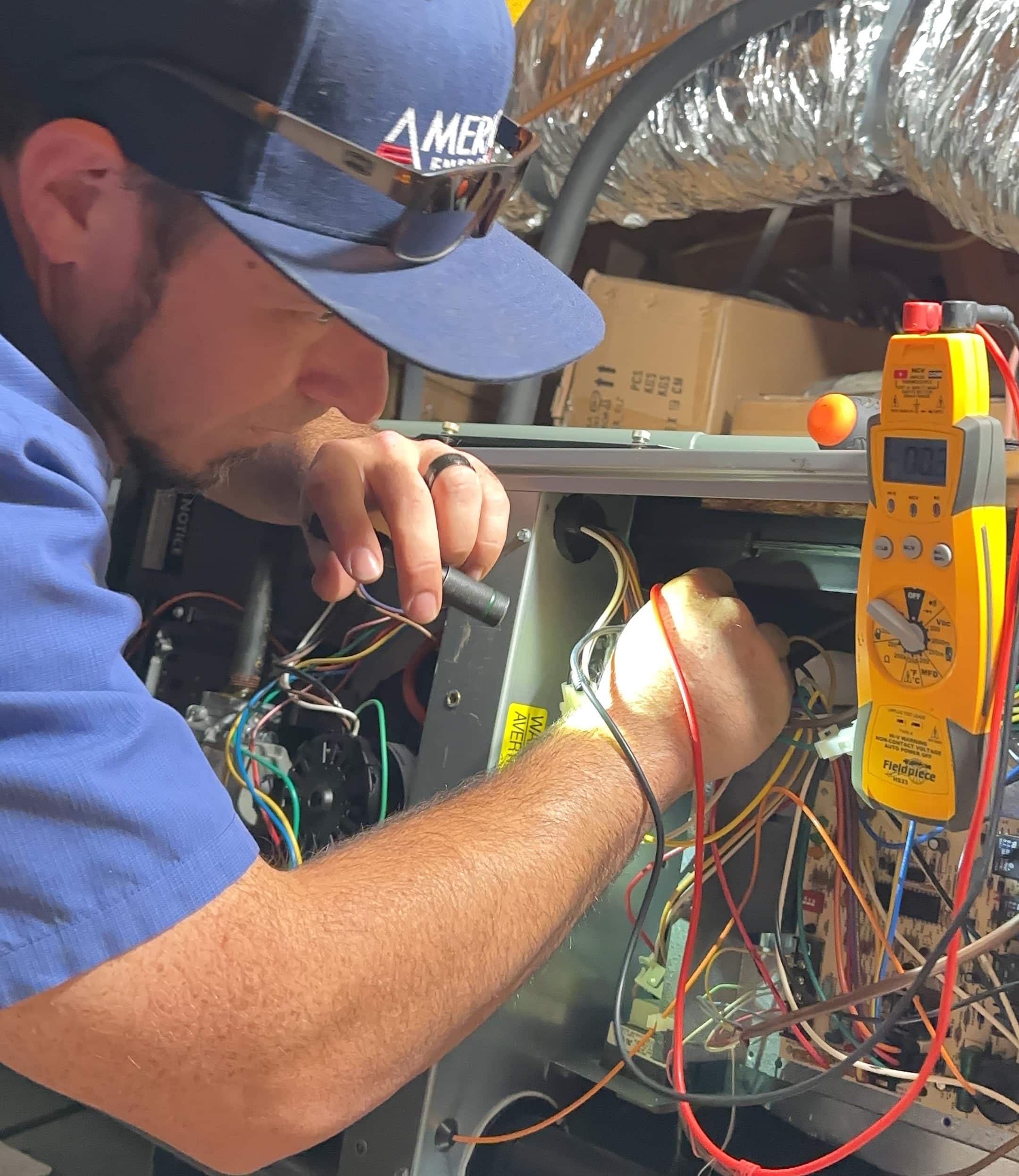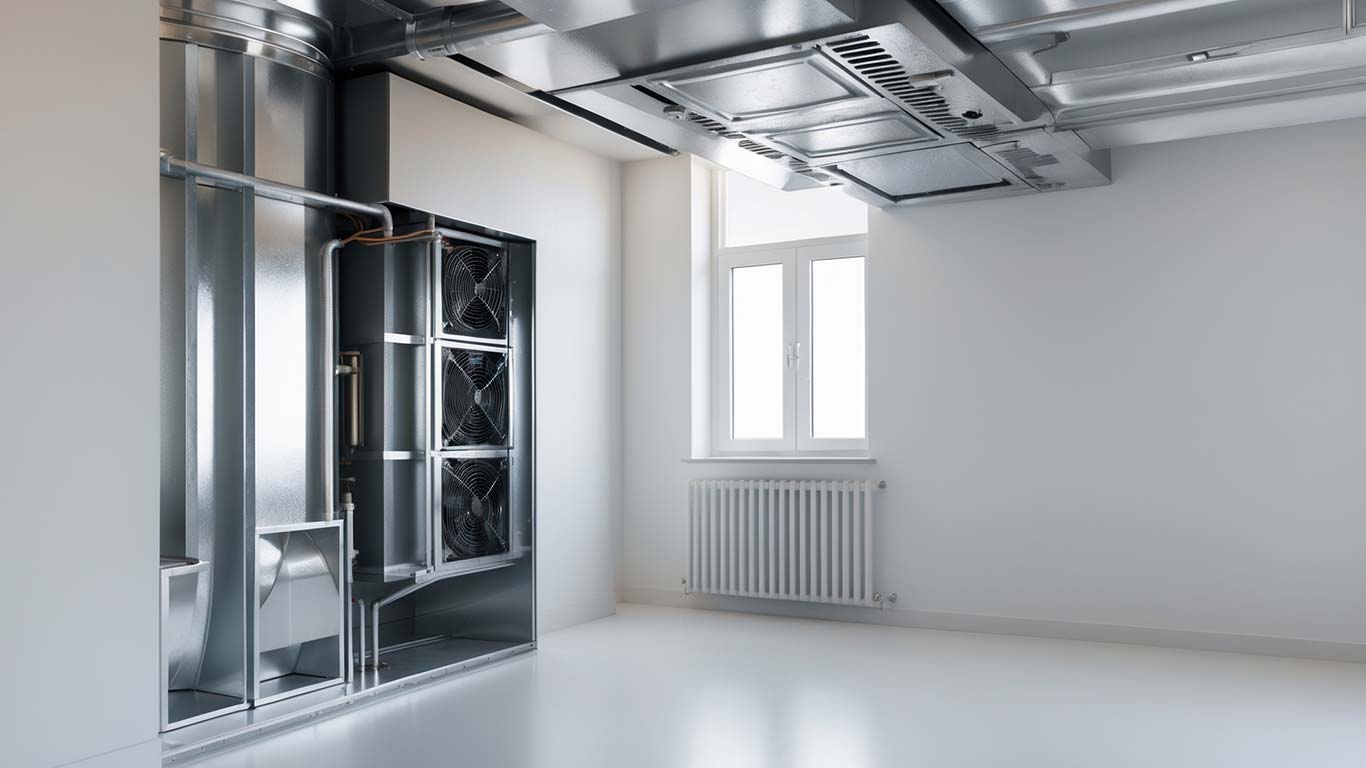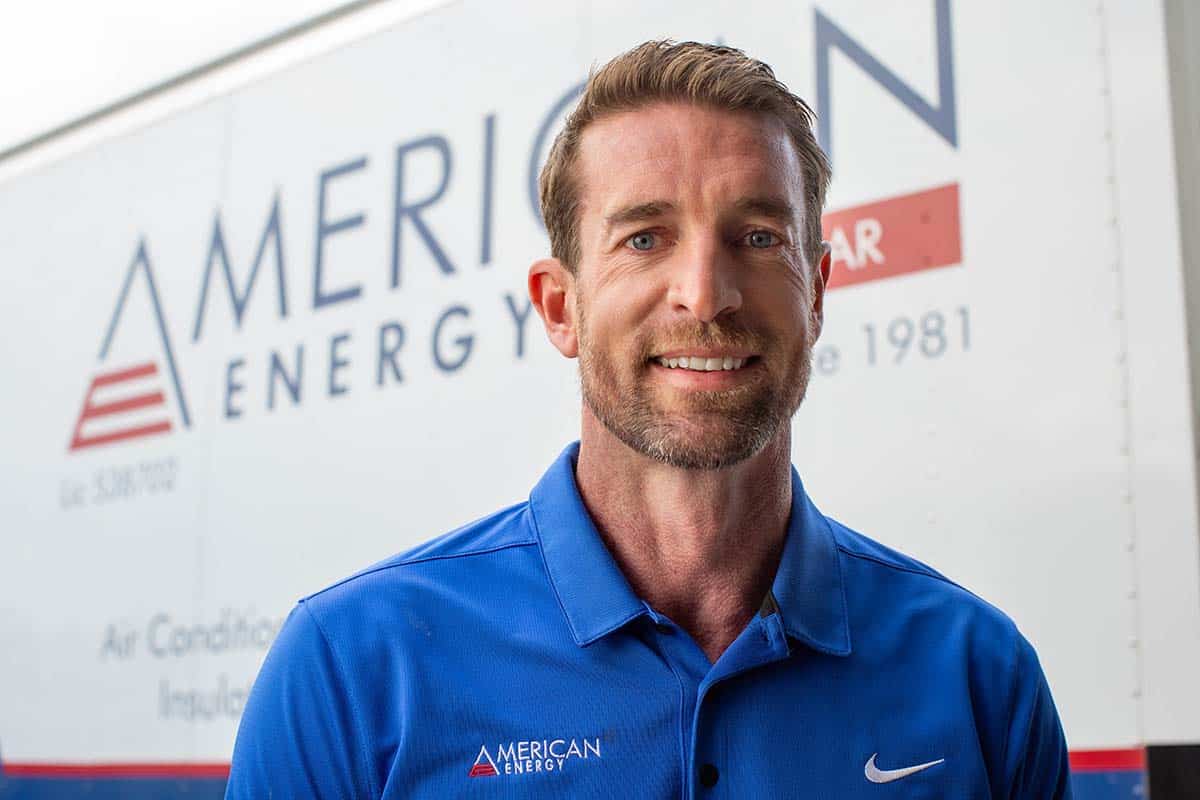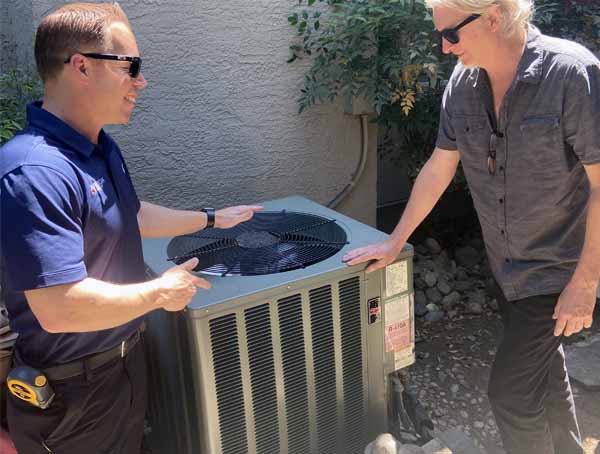How Much Does a New HVAC System Cost?
Are you wondering how much a new HVAC system will cost? If so, we’re here to offer you some insight. Keep reading to learn more.

Is the HVAC repair person making a lot of visits to your house? If you’re dealing with a faulty AC or unreliable furnace, it may be time to invest in a new system. But you’ll need to be sure you’re prepared from a budgetary standpoint first.
How much does a new HVAC system cost? Read on to find out what will impact your bottom line!
Consider the Type of System
If you’re replacing both your AC and furnace, you’ll pay more to do both systems. But, you’ll gain the benefit of being able to upgrade to better units that work in tandem effectively. If you’re using a heat pump, you should anticipate a higher upfront cost since these units manage both heating and cooling.
Regardless of what system you get, know that the total cost includes both the unit itself and labor. In general, you can expect to pay at least $7,000 to replace all components of your HVAC system.
Individually, a new AC unit goes for about $3,500 to $8,000. And a furnace will run you anywhere from about $3,000 to $10,000.
Similarly, heat pumps cover a broad range of prices. You can expect to pay in the neighborhood of $2,000 to $15,000. Heat pumps have the advantage of providing better cooling than most standard AC units, and they can be switched to provide some heating.
While total costs will vary, don’t be surprised to see something in the ballpark of $10,000. You’ll need to budget accordingly or look into financing. But you could save some money by upgrading your system during the spring, fall, or winter since business may be slower for HVAC companies.
Usually, it’s cheaper to replace your entire HVAC system at the same time rather than staggering replacements, too. When replaced individually, you may need to pay extra for the technician to remove and reinstall parts of the other unit in order to complete the installation.
Know the Size You Need
The size of your home will impact the size of the HVAC system you’ll need. It’s critical to get a skilled technician’s assessment of your home’s square footage and unique needs before committing to a new system. For a home, you’ll need anywhere from a 1.5 to 5-ton system to provide adequate cooling and heating.
If you buy an undersized AC unit, for example, you won’t have enough cooling capacity. As a result, you’ll risk taxing the system and needing more frequent AC repair. Your system won’t be efficient, meaning you might need to supplement with other cooling options, like window units.
If you have an oversized heat pump, as another example, the unit will short-cycle. This means it will trigger on and off more often. And its compressor could wear down more quickly.
You’ll maximize your investment with a properly sized system. HVAC systems should last around 15 to 25 years, and you don’t want to be replacing yours early.
Don’t Overlook Brand Value
Even for heating and cooling systems that seem comparable in most ways, brand value can swing the price higher or lower. Some brands have established representations as luxury choices. Others, by contrast, may be seen as budget-friendly or mid-range choices.
While you could pay more for certain names, you may be better off in the long run. Established brands with sterling reputations are that way because they make reliable products. And because they stand by their work, you can expect better warranties and customer support.
On the other hand, entry-level brands or models may come with questionable reliability and longevity. Shorter warranties won’t help, either, if you need AC repair in the middle of a hot summer.
You’re better off buying new HVAC equipment without as many bells and whistles from an established brand. Yes, you may pay a few hundred dollars more for a furnace or heat pump. However, HVAC maintenance will ensure your unit meets its life expectancy with minimal repair issues.
Further, you’ll want to be sure that you’re hiring an HVAC company that’s certified to install the particular brands they carry. For instance, if you’re going with a Rheem AC unit, your HVAC specialist should know the intricacies of that brand well, which is especially important for proper installation.
Check Efficiency Ratings
When you upgrade your HVAC system, the sticker shock can feel overwhelming. But you can take comfort in knowing that the new equipment you install will be far more efficient than a 20-year-old system. You’ll help your monthly utility bills and be making a more eco-friendly choice.
With better efficiency comes higher prices, though. You could pay hundreds or even thousands more for a furnace, AC, or heat pump that offers top-level efficiency.
The SEER rating for a new air conditioner, for instance, will directly impact its price. SEER stands for Seasonal Energy Efficiency Ratio, and you’ll want to get a unit with at least a 13 rating. In Sacramento’s warmer climate, however, you’ll benefit from going with a higher rating, like 16.
A higher rating means a more efficient cooling ability. While this will translate to a higher upfront cost, you should see lower utility bills over time. If you plan to be in your home for a while, a more efficient AC makes sense.
You also could consider a heat pump, which also uses SEER ratings for cooling. For heating, heat pumps may use the Heating Season Performance Factor (HSPF) measurement.
With the HSPF, a higher number equates to a better system. A rating of 9 is fairly common for homes, and a rating of at least 8 earns a heat pump an Energy Star label. But with a system featuring a higher HSPF of 12 and a SEER rating closer to 19, you could nudge your total cost for a heat pump closer to $20,000.
Look at Installation Requirements
Do you have a tight space around your furnace? If you own an older home with an awkward layout or access point for HVAC equipment, you could pay more for the installation.
Likewise, if you need to replace or add ductwork, accessibility is key. If a technician needs to maneuver into tighter areas, your costs could go up.
If you have older units that have been repaired by lots of different people over the years, your technician may need to reconfigure pumps or pipes, as well. These extra steps will extend the timeline for installation. And if that throws a technician off schedule, they may charge you for the delay.
Additionally, where you live will have an effect on both installation and HVAC maintenance. Urban areas tend to come with a higher cost of living, which usually translates to higher labor costs. And as home prices have increased everywhere nationally over the past few years, so, too, have installation costs.
Living in a remote area can contribute to higher costs, too. Technicians may charge extra for travel to areas beyond a certain radius. When in doubt, ask for an itemized quote that details everything beyond labor and the unit itself.
Understand the Impact of Add-Ons
In some cases, you may need or want to add features to complete a heating and cooling system overhaul. For instance, you could need to upgrade your humidifier to match the new HVAC units. Or you may need your humidifier reconfigured in a different location when a new unit is installed.
Other add-ons can include the need to sync your new system with smart home systems. Smart thermostats enable you to regulate temperatures during all times of the day. That way, you can conserve energy when you’re not home.
You may want to pay for an ultraviolet air purifier to improve air quality. These cleaners help remove contaminants from the air to help reduce the instances of flu, asthma attacks, and other ailments.
Or you might want zoning controls. These can make it easier to manage the temperatures in different rooms of your home. But if you need several zones, that ratchets up the level of complexity – and the overall cost.
And you may pay for essential add-ons if you live in an older home. You may need new ductwork, or you might need to replace ductwork that’s no longer airtight. Otherwise, you could spend more to repair to faulty ductwork if you ignore the problem.
Similarly, if you’re hoping to extend air conditioning into areas of your home where no ductwork exists, you could pay thousands of dollars more. Introducing new ductwork can be costly if you need to add a lot of it.
You could install a mini-split system on a second floor that lacks ductwork. But to do that, you may need to beef up your electrical box and the installation won’t be cheap. You’ll spend at least a few thousand dollars to add a mini-split.
How Much Does a New HVAC System Cost?
Are you still wondering, “How much does a new HVAC system cost?” The answer varies depending on factors like the size, brand, and type of system. Ease of installation and add-ons can impact your grand total, as well.
At American Energy Home Pros, we bring 30 years of experience to the HVAC industry in Sacramento. Our skilled technicians can assist with anything from installing a new system to doing an annual tune-up. Contact us today to learn more!

